Final Cut Pro Alternatives: Video Editing on Any Budget
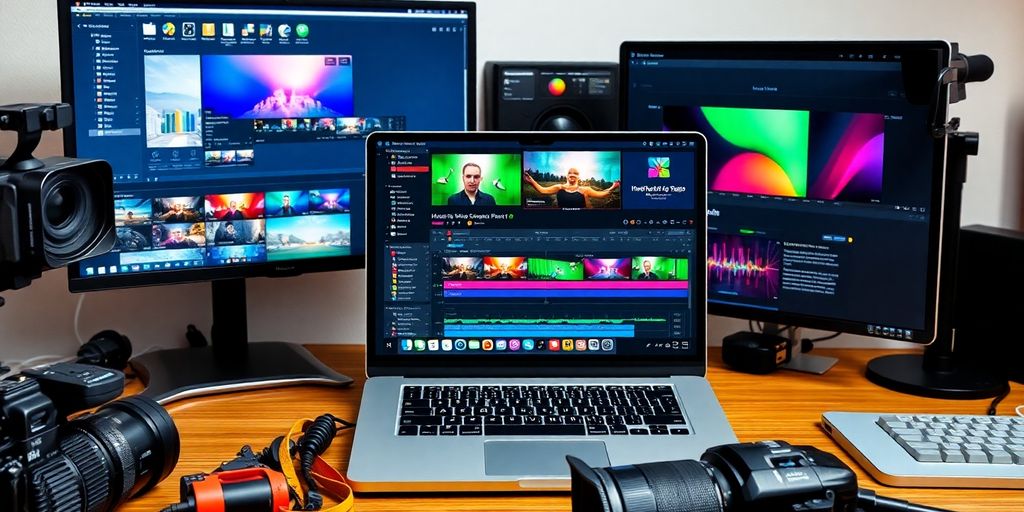
If you’re on the hunt for video editing software but want to avoid the hefty price tag of Final Cut Pro, you’re in luck. There are plenty of alternatives out there that cater to different budgets and skill levels. Whether you’re just starting out or looking for something more advanced, this guide will help you find the right video editing tool for your needs without breaking the bank. Let’s explore some options that fit various budgets, from free tools to affordable paid software.
Key Takeaways
- There are several free video editing programs like Shotcut and DaVinci Resolve that offer robust features without any cost.
- Affordable paid options such as Movavi Video Editor and Cyberlink PowerDirector provide great value for beginners and hobbyists.
- For professional needs, software like Adobe Premiere Pro and Vegas Pro are powerful choices, though they come with higher price tags.
- When choosing software, consider your skill level, the specific requirements of your projects, and your overall budget.
- Windows users have plenty of alternatives to Final Cut Pro, with options that range from free to premium, ensuring there’s something for everyone.
Exploring Free Video Editing Software
So, you’re looking for a free video editor? Great! There are some surprisingly powerful options out there that won’t cost you a dime. It’s true that some free software can be limited, but you can still create some pretty impressive videos with the right tools. Let’s take a look at a few of the best free video editing programs available right now.
Shotcut
Shotcut is a solid, open-source video editor that’s totally free. It’s got a bit of a learning curve, but it’s worth it if you need something with a lot of features. It supports a wide range of video formats, which is super useful if you’re working with different types of files. It’s available on Windows, macOS, and Linux, so you’re covered no matter what operating system you’re using.
- Cross-platform compatibility
- Wide format support
- Advanced editing features
DaVinci Resolve
DaVinci Resolve is a professional-grade video editor that also has a free version. The free version is surprisingly capable, offering many of the same features as the paid version. Color correction is where DaVinci Resolve really shines, but it’s also a great option for general video editing. It can be a bit resource-intensive, so make sure your computer meets the minimum system requirements.
DaVinci Resolve is a powerhouse, even in its free form. It’s used by professionals in the film and television industry, so you know it’s got some serious capabilities. If you’re serious about video editing, DaVinci Resolve is definitely worth checking out.
Avidemux
Avidemux is a more basic video editor that’s designed for simple tasks like cutting, filtering, and encoding. It’s not as feature-rich as Shotcut or DaVinci Resolve, but it’s very easy to use. If you just need to make some quick edits to a video, Avidemux is a good option.
- Simple interface
- Easy to use
- Good for basic editing tasks
Affordable Paid Video Editing Options
Okay, so you’re ready to step up your video editing game but don’t want to break the bank? There are some really solid paid options out there that give you a lot more power without costing as much as the professional-grade stuff. Let’s take a look at a few.
Movavi Video Editor
Movavi Video Editor is great if you want something that’s easy to learn but still has some punch. It’s known for its simple interface and quick processing, which is a lifesaver when you’re on a deadline. It’s got a good range of effects and transitions, and the price is pretty reasonable. If you are looking for quick grading, this is a great option.
Cyberlink PowerDirector
Cyberlink PowerDirector is another strong contender in the affordable paid category. It’s been around for a while, and they’ve really refined it over the years. You get a ton of features, including motion tracking, video stabilization, and multi-cam editing. It’s a bit more complex than Movavi, but the extra features might be worth it if you’re doing more advanced projects. It’s a good choice for all skill levels.
HitFilm Express
HitFilm Express is interesting because it’s technically free, but it’s more like a ‘freemium’ model. You get a decent set of core features for free, but you’ll probably want to buy some add-ons if you’re serious about editing. It’s especially strong when it comes to visual effects, so if you’re into that kind of thing, it’s worth checking out. It’s best for intermediate users who want to experiment with more advanced techniques without a huge initial investment.
Choosing the right affordable video editor really depends on what you need it for. Think about the types of projects you’ll be working on and the features that are most important to you. Don’t be afraid to try out a few different trials before committing to one.
Here’s a quick comparison table:
| Feature | Movavi Video Editor | Cyberlink PowerDirector | HitFilm Express (with add-ons) |
|---|---|---|---|
| Ease of Use | Very Easy | Moderate | Moderate to Complex |
| Key Features | Simple, Fast | Feature-Rich | Visual Effects |
| Price | Affordable | Affordable | Affordable (but add-ons can add up) |
| Best For | Beginners, Quick Edits | Versatile Projects | VFX Enthusiasts |
Professional Video Editing Solutions
Adobe Premiere Pro
When you’re ready to step up your video editing game, Adobe Premiere Pro is often the first name that comes to mind. It’s an industry standard for a reason, offering a huge range of tools and features for pretty much any kind of video project you can imagine. The learning curve can be steep, but the payoff is immense if you’re serious about professional video work.
Vegas Pro
Vegas Pro is another heavyweight contender in the professional video editing world. It’s known for its user-friendly interface (relatively speaking, compared to other pro-level software) and its powerful audio editing capabilities. If you’re doing a lot of work with sound, Vegas Pro might be a great fit. It’s got a loyal following among video editors who appreciate its stability and efficient workflow.
Blender
Blender is a bit of an outlier here because it’s actually a free and open-source 3D creation suite. However, its video editing capabilities are surprisingly robust. While it might not be the first choice for straightforward video editing, Blender shines when you need to incorporate 3D elements, visual effects, or motion graphics into your videos. Plus, the price is unbeatable. It’s a great option if you’re on a tight budget but still need professional-level features.
Choosing the right professional video editing software really depends on your specific needs and workflow. Consider what kind of projects you’ll be working on, what features are most important to you, and how much time you’re willing to invest in learning the software. Don’t be afraid to try out a few different options before settling on the one that’s right for you.
Here’s a quick comparison table:
| Software | Price | Key Features |
|---|---|---|
| Adobe Premiere Pro | Subscription | Industry standard, tons of features |
| Vegas Pro | One-time purchase | User-friendly, strong audio editing |
| Blender | Free | 3D integration, visual effects |
Some things to consider:
- The learning curve can be steep for all of these.
- They all support a wide range of video formats.
- They all require a fairly powerful computer to run smoothly.
Choosing the Right Software for Your Needs
Alright, so you’re staring down a bunch of video editing software options. How do you pick the right one? It’s not always about the flashiest features or the biggest price tag. It’s about what fits you and your projects. Let’s break it down.
Assessing Your Skill Level
Be honest with yourself. Are you a complete beginner who’s never touched a video editor before? Or are you someone who knows their way around the timeline and just needs something new? Your current skill level is the first thing to consider. There’s no point in jumping into something like Adobe Premiere Pro if you’re still figuring out how to trim a clip. Start simple, and you can always upgrade later. free video editing software can be a great starting point.
Understanding Your Project Requirements
What kind of videos are you making? Are you just putting together home movies, or are you working on a short film? The complexity of your projects will dictate the features you need. If you’re doing basic edits, you probably don’t need advanced color correction or motion tracking. But if you’re creating something more elaborate, those features become essential. Think about the video formats you’ll be working with, too. You don’t want to get stuck with software that can’t handle your files.
Budget Considerations
Of course, budget is a big factor. There are tons of free video editors out there that are surprisingly powerful. But if you’re willing to spend some money, you can get access to more advanced features and better support. Consider whether a one-time purchase or a subscription model makes more sense for you. Also, think long-term. Will you need to upgrade in the future? Will the software require additional plugins or resources that add to the cost?
Choosing the right video editing software is a balancing act. It’s about finding something that matches your skills, meets your project needs, and fits your budget. Don’t be afraid to try out a few different options before you commit. Most software offers free trials, so take advantage of those and see what works best for you.
Final Cut Pro Alternatives for Windows Users

It’s a bummer, but there’s no official Final Cut Pro for Windows. Apple keeps it exclusive to macOS. But don’t worry! There are tons of great video editing options for Windows users that can give you similar, or even better, results. Let’s explore some of the best.
Best Free Options
Okay, so you’re looking for something that won’t break the bank? I get it. Luckily, there are some surprisingly powerful free video editors out there. DaVinci Resolve is a popular choice, offering a robust set of features that rival some paid software. It can be a bit complex to learn, but the free version is incredibly capable. Shotcut is another solid option, especially if you’re just starting out. It’s open-source, so it’s constantly being updated and improved by the community. Plus, it supports a wide range of video formats.
Top Paid Alternatives
If you’re willing to spend a little money, you can unlock even more features and a smoother editing experience. Movavi Video Editor is a great option for beginners, with an intuitive interface and a ton of built-in effects and transitions. Cyberlink PowerDirector is another popular choice, offering a good balance of power and ease of use. It’s packed with features like motion tracking and multi-cam editing. Adobe Premiere Pro is the industry standard, but it comes with a subscription price tag. However, if you’re serious about video editing, it’s worth considering.
User-Friendly Choices
Not everyone needs all the bells and whistles. Sometimes, you just want something that’s easy to learn and use. Movavi Video Editor definitely fits the bill here. Its drag-and-drop interface makes it simple to assemble your videos, add effects, and export your final product. Filmora is another user-friendly option, with a clean interface and a variety of pre-made templates and effects. These programs are great for creating quick videos for social media or personal projects.
Choosing the right video editor really depends on your needs and skill level. Don’t be afraid to try out a few different options before settling on one. Most paid programs offer free trials, so you can test them out before committing to a purchase.
Key Features to Look For
When you’re picking out video editing software, it’s easy to get lost in all the options. I mean, there are tons of programs out there, all promising to be the best. But what should you really be paying attention to? Here’s a breakdown of the key things I think matter most.
User Interface and Usability
Let’s be real, nobody wants to spend hours just trying to figure out how to do basic edits. The user interface is super important. You want something that feels intuitive, where you can easily find the tools you need without having to dig through a million menus.
Think about it: are the buttons clearly labeled? Is the timeline easy to navigate? Can you customize the layout to fit your workflow? If the interface feels clunky or confusing, it’s going to slow you down and make the whole editing process a pain. It might be wise to get an app with a simpler user interface.
Export Options and Formats
So, you’ve finished your masterpiece. Now what? You need to be able to export it in a format that works for whatever you’re planning to do with it. Different platforms and devices require different formats, so flexibility is key.
Here’s a few things to consider:
- Does the software support the formats you need (MP4, MOV, AVI, etc.)?
- Can you customize the export settings (resolution, frame rate, bitrate)?
- Does it offer presets for different platforms (YouTube, Vimeo, social media)?
If you’re planning on sharing your videos online, you’ll want to make sure the software can export in formats that are optimized for web viewing.
Support and Community Resources
Okay, so you’ve got your software, you’re ready to go, and then… you hit a snag. Maybe you can’t figure out how to do a certain effect, or maybe you’re running into technical issues. That’s where support and community resources come in. Good tutorials can be a lifesaver.
Having access to tutorials, documentation, and a helpful community can make a huge difference, especially when you’re just starting out. Look for software that has active forums, detailed FAQs, or responsive customer support. It can save you a lot of frustration in the long run.
Here’s what I usually look for:
- Official tutorials and documentation
- Active user forums or communities
- Responsive customer support (email, chat, phone)
Comparing Video Editing Software

Performance and Speed
When choosing video editing software, performance is key. Nobody wants to sit around waiting for renders all day! The speed at which your software processes footage, applies effects, and exports your final video can seriously impact your workflow. Software optimized for your computer’s hardware will always give you a smoother experience. Consider these points:
- Hardware Acceleration: Does the software take advantage of your GPU? This can significantly speed up rendering times.
- Background Rendering: Can you continue working while the software renders in the background?
- Proxy Files: Does the software allow you to create lower-resolution proxy files for editing, then switch back to the full-resolution footage for final export?
Compatibility with Different Operating Systems
Not all video editing software plays nice with every operating system. If you’re a Windows user eyeing Final Cut Pro, you’re out of luck. Similarly, some software might run better on macOS than Windows, or vice versa. Checking compatibility before you commit is a must. Here’s what to keep in mind:
- Cross-Platform Support: Does the software work on both Windows and macOS?
- System Requirements: Make sure your computer meets the minimum (and ideally, recommended) system requirements for the software.
- OS Optimization: Is the software specifically optimized for your operating system?
Pricing Models and Subscriptions
Video editing software comes in all shapes and sizes, and so do their pricing models. You’ve got everything from free options to one-time purchases to recurring subscriptions. Understanding the costs involved is important for budget considerations.
- Free Software: Great for beginners or those on a tight budget, but often comes with limitations.
- One-Time Purchase: You pay once and own the software forever (though updates may cost extra).
- Subscription Model: You pay a monthly or annual fee to access the software and receive ongoing updates.
Choosing the right pricing model depends on your needs and how often you plan to use the software. If you’re just dabbling, a free option might be best. If you’re a professional, a subscription might make more sense to ensure you always have the latest features and support.
Wrapping It Up
In the end, there are plenty of options out there if you’re looking for something other than Final Cut Pro. Whether you’re on a tight budget or just want to try something new, you can find software that fits your needs. From free tools like Shotcut to more advanced paid options like Adobe Premiere Pro, there’s something for everyone. Just think about what you really need in a video editor and give a few of these alternatives a shot. You might be surprised at how well they work for you!
Frequently Asked Questions
What are some free alternatives to Final Cut Pro?
There are several free video editing programs like Shotcut, DaVinci Resolve, and Avidemux that you can use instead of Final Cut Pro.
Are there affordable paid video editing software options?
Yes, options like Movavi Video Editor, Cyberlink PowerDirector, and HitFilm Express offer great features at a lower price.
Can I find professional video editing software?
Absolutely! Software like Adobe Premiere Pro, Vegas Pro, and Blender are excellent choices for professional video editing.
How do I choose the right video editing software for me?
Consider your skill level, what kind of projects you want to do, and how much you’re willing to spend.
What should Windows users look for in video editing software?
Windows users can find many good alternatives including free options, paid programs, and user-friendly editors.
What features are important in video editing software?
Look for a simple interface, various export options, and good support or community resources.
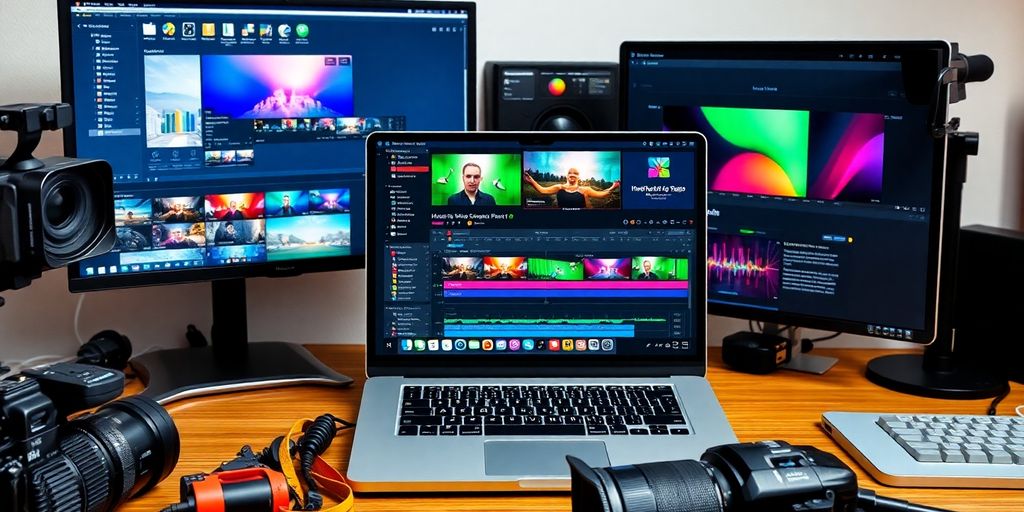
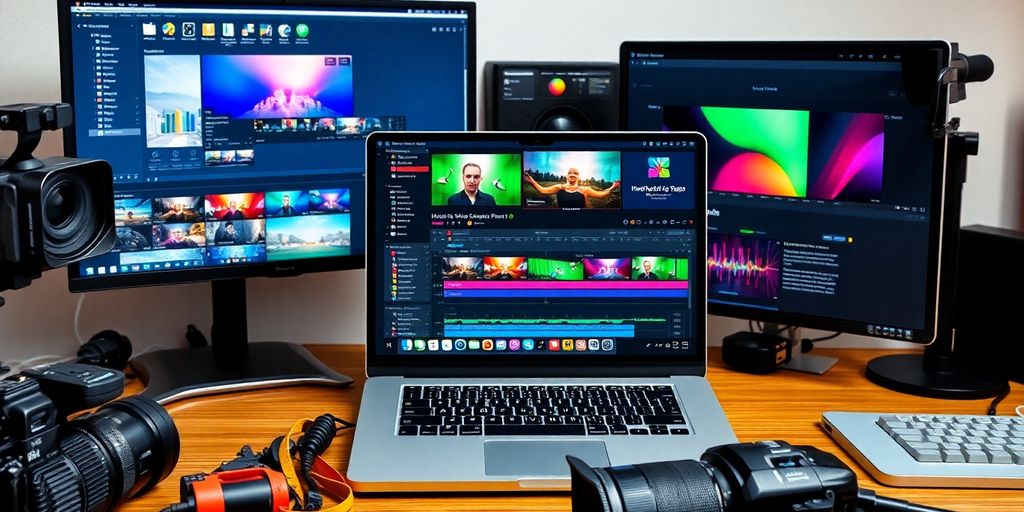
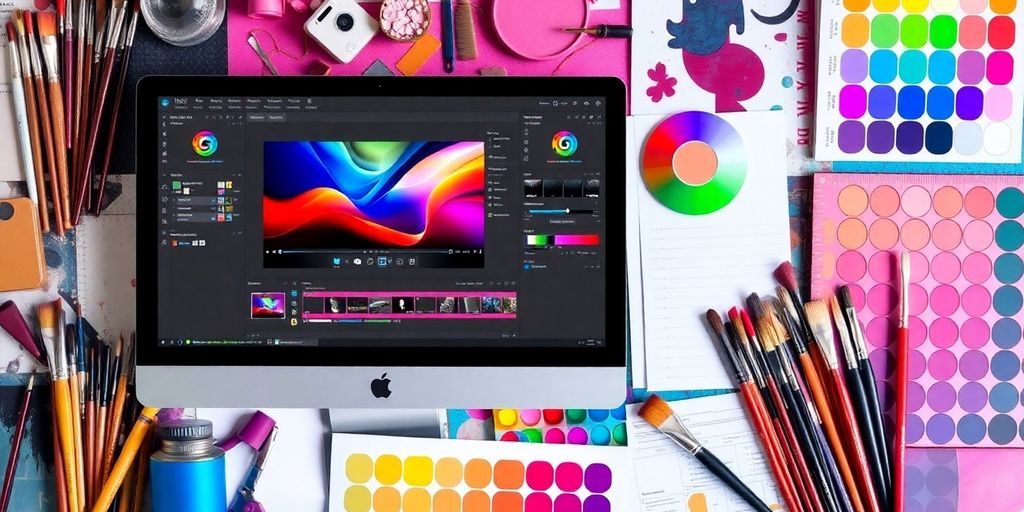
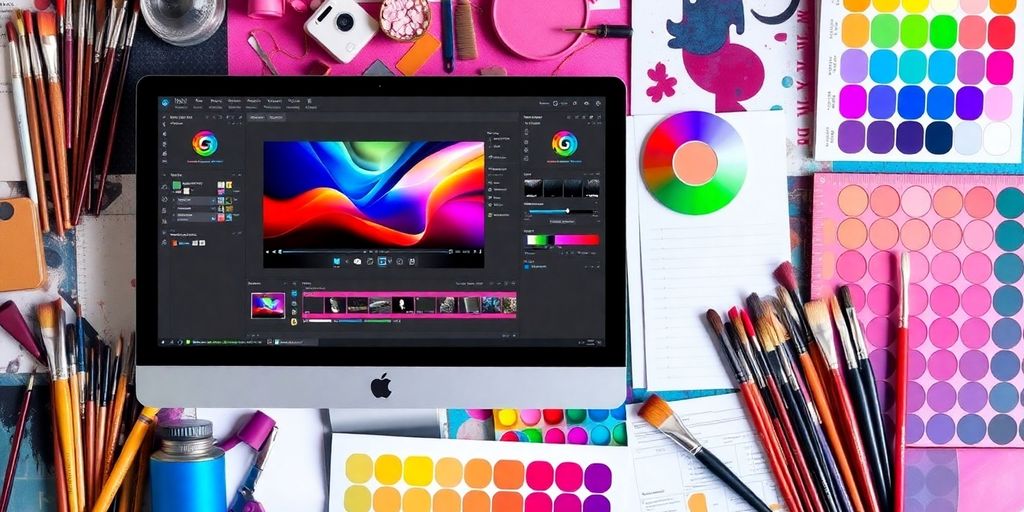
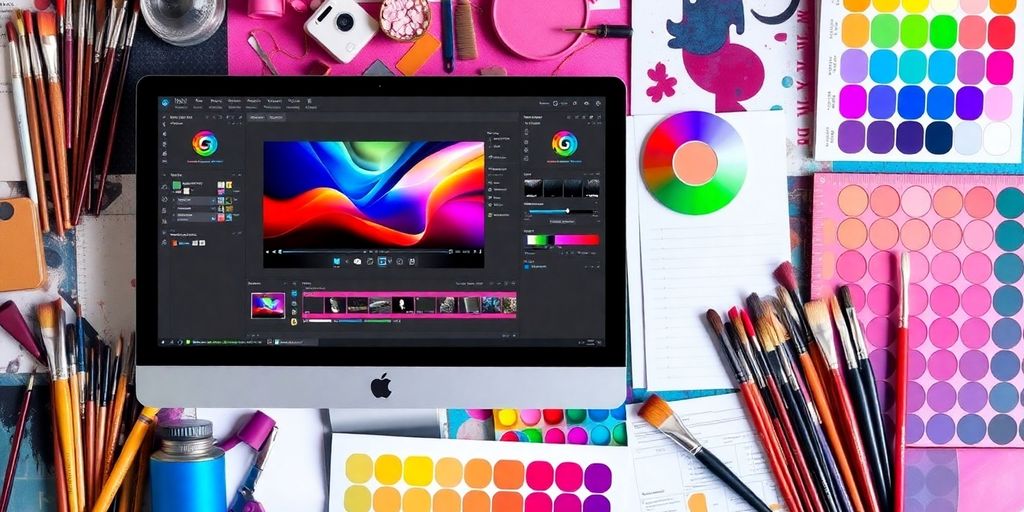

Responses